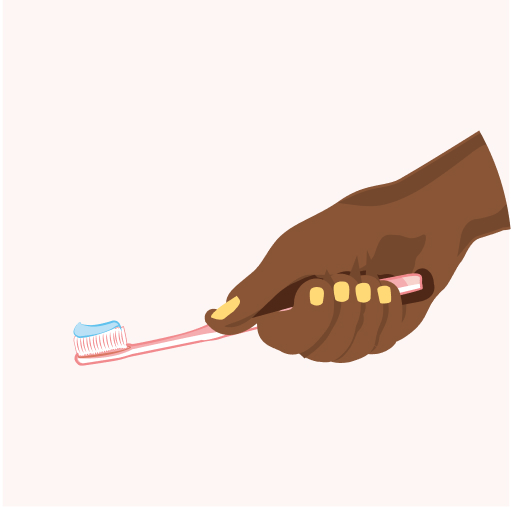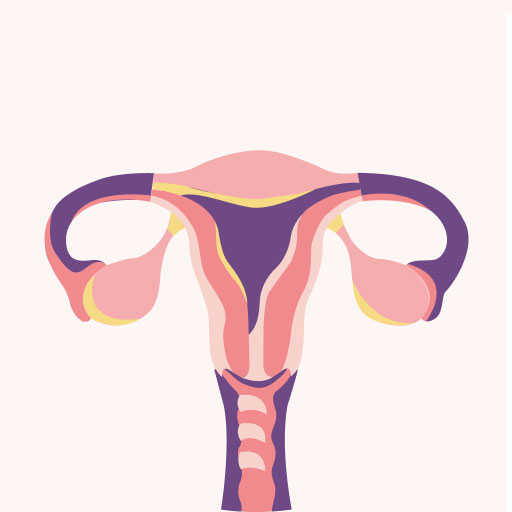
The Impact of Healthcare Provider Blind Spots
Autoimmune diseases affect approximately 8% of the population. Lupus specifically is even more common among women of color and of childbearing age. It can affect almost any organ in your body, making it difficult to diagnose and treat, and unfortunately, there is no cure. Symptoms manifest themselves differently in everyone, causing discrepancies in screening for the disease and treatment. Many individuals are being treated for the symptoms associated with lupus, but have no clinical diagnosis of the condition. We need to screen strategically and draw attention to the blind spots in how clinicians are currently trained.
In 2014, my father was diagnosed with multiple myeloma – a type of plasma cell cancer. His disease was symptomatic a year before the diagnosis. Clinicians would prescribe a painkiller for the prolonged back pain he endured and call it a day. A year later, he suffered a shoulder fracture while typing on our home computer desk. After taking him to the emergency room, it turned out that this situation was much more than a minor injury. The foreign terms “biopsy, CAT scan, MRI, PET scan” were being flooded into our ears as we waited for the results. The cancer had metastasized to his arm, and the cells become porous, making his bones severely weak. His condition may have been inevitable, but the diagnosis could have been sooner.
At this same time, I began experiencing the symptoms for which I now have an explanation. Chronic fatigue, joint inflammation, photosensitivity, and a butterfly-shaped rash became a part of my life. With my father undergoing chemotherapy and scheduled to have a stem-cell transplant, there seemed to be no time for addressing my symptoms. My mother, the head of household, was suddenly a caregiver and working full-time, barely making ends meet. I thought what I was enduring was in my head. I looked fine, so I had to be making things up.
I was diagnosed with systemic lupus in 2016. Although the expectation from many of my loved ones was that I was devastated about the diagnosis, my reality was that the symptoms I had been enduring for so long (fatigue, joint inflammation, dry mouth) were not in my head. The confusion and guilt I carried for several mornings I struggled to get out of bed, or the times I felt so much pain in my joints that I could not make it to see a loved one now made sense to me. For the first time, I felt hope and had an understanding of how to move forward. The diagnosis gave me an answer I needed. There was light in having the opportunity to develop a plan.
But, there is an issue in how our healthcare system is designed to allow people to receive the information they need sooner rather than later. It hit me quickly that the time I believed I lost to lupus, would never be mine again. Nevertheless, I reclaimed my time by making lifestyle changes and learning how to alleviate my flare-ups. I have made my condition manageable, and I do not let it manage me.
My years of observing the healthcare system as a patient and identifying issues magnified my interests in developing solutions that are sustainable, and that integrate culturally competent health education. I am also passionate about improving community outreach efforts, and I’m determined to remain faithful to being a patient advocate in whichever role I serve in my field because I believe our healthcare system has the capacity to do better.











